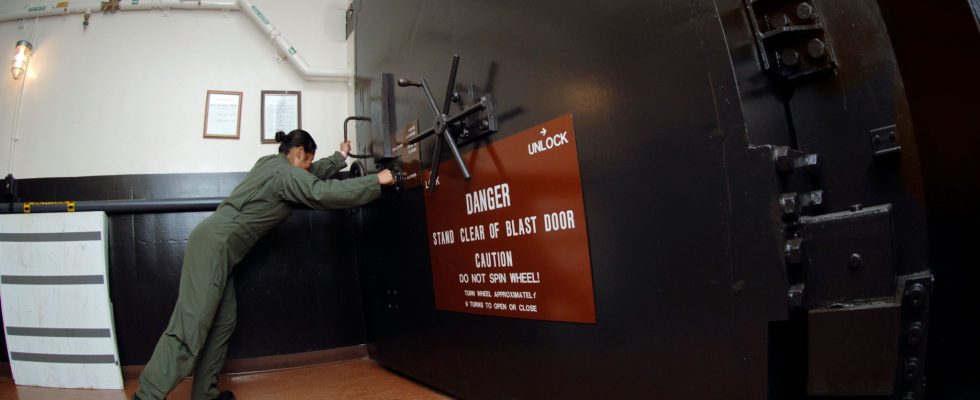Overall, the acquisition and modernization of nuclear arsenals are experiencing a surge of fever everywhere in the world, and even more particularly in China. This is the finding alarming researchers from theInternational Peace Research Institute in Stockholm (SIPRI, Stockholm International peace research institute), this Monday, June 12, after the publication of their last report. We are approaching, or perhaps we have already reached, the end of a long period of decline in the number of nuclear weapons around the world,” lamented Dan Smith, its director, to Agence France Presse.
Most of the increase comes from China, which increased its stockpile from 350 to 410 nuclear warheads. She invested heavily in her military as her economy and influence grew, according to Dan Smith. Depending on how it decides to structure its forces, China could potentially have at least as many intercontinental ballistic missiles (ICBMs) as the United States or Russia by the end of the decade.
“China has begun a significant expansion of its nuclear arsenal,” says Hans M. Kristensen, associate senior researcher at SIPRI’s Weapons of Mass Destruction Program and director of the Nuclear Information Project at the Federation of American Scientists (FAS). . “It is increasingly difficult to reconcile this trend with China’s stated goal of having only the minimum nuclear forces necessary to maintain its national security,” he adds.
India, Pakistan and North Korea also increased their stocks, as well as Russia, to a lesser extent (4477 to 4489), while the other nuclear powers maintained their volumes.
Increasing stock and reserves
The total number of nuclear warheads among the nine nuclear powers – UK, China, France, India, Israel, North Korea, Pakistan, US and Russia – fell to 12,512 at the start of 2023, from 12,710 at the start of 2022, according to SIPRI. However, 9,576 are in “military stockpiles for potential use”, 86 more than a year earlier. SIPRI distinguishes the stocks available for use from their total inventory, which includes equipment that is too old and needs to be dismantled.
“The reserve is made up of usable nuclear warheads, and those numbers are starting to increase,” Dan Smith said, noting that the numbers are still far from the more than 70,000 seen in the 1980s. stocks cannot, however, be explained by the war in Ukraine, given the long time needed to develop nuclear warheads and the countries that have made this choice and are not directly affected by the conflict.
Between them, Russia and the United States possess almost 90% of all nuclear weapons. “The size of their respective nuclear arsenals (i.e. usable warheads) appears to have remained relatively stable in 2022, although transparency regarding nuclear forces has declined in both countries following the invasion of Ukraine by Russia in February 2022,” the report said. In early 2023, the Nuclear Weapons Ban Monitor of the Norwegian NGO Norsk Folkehjelp made the same observation as SIPRI and compared these 9,576 ready-to-use nuclear warheads to the equivalence of “135,000 Hiroshima bombs”.
